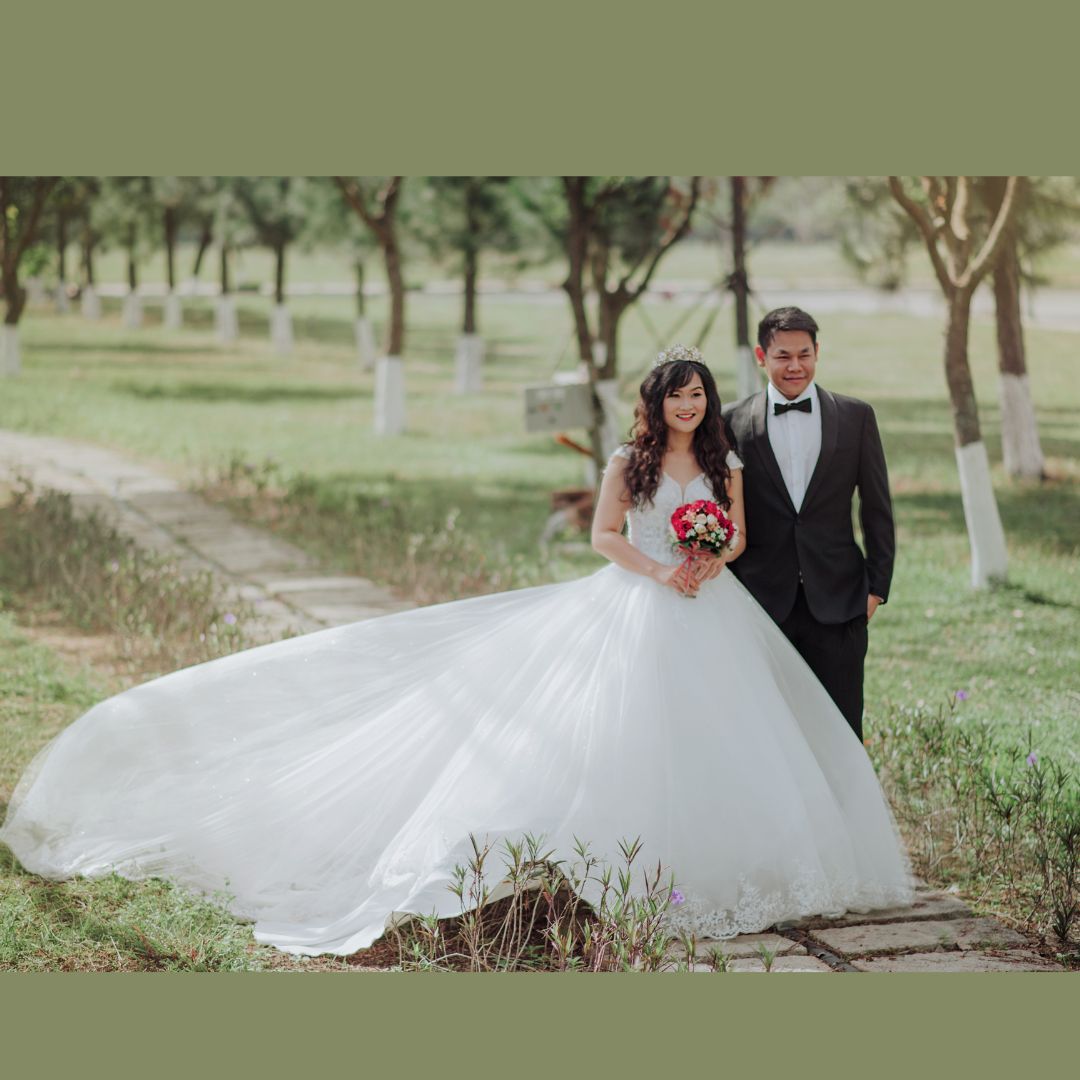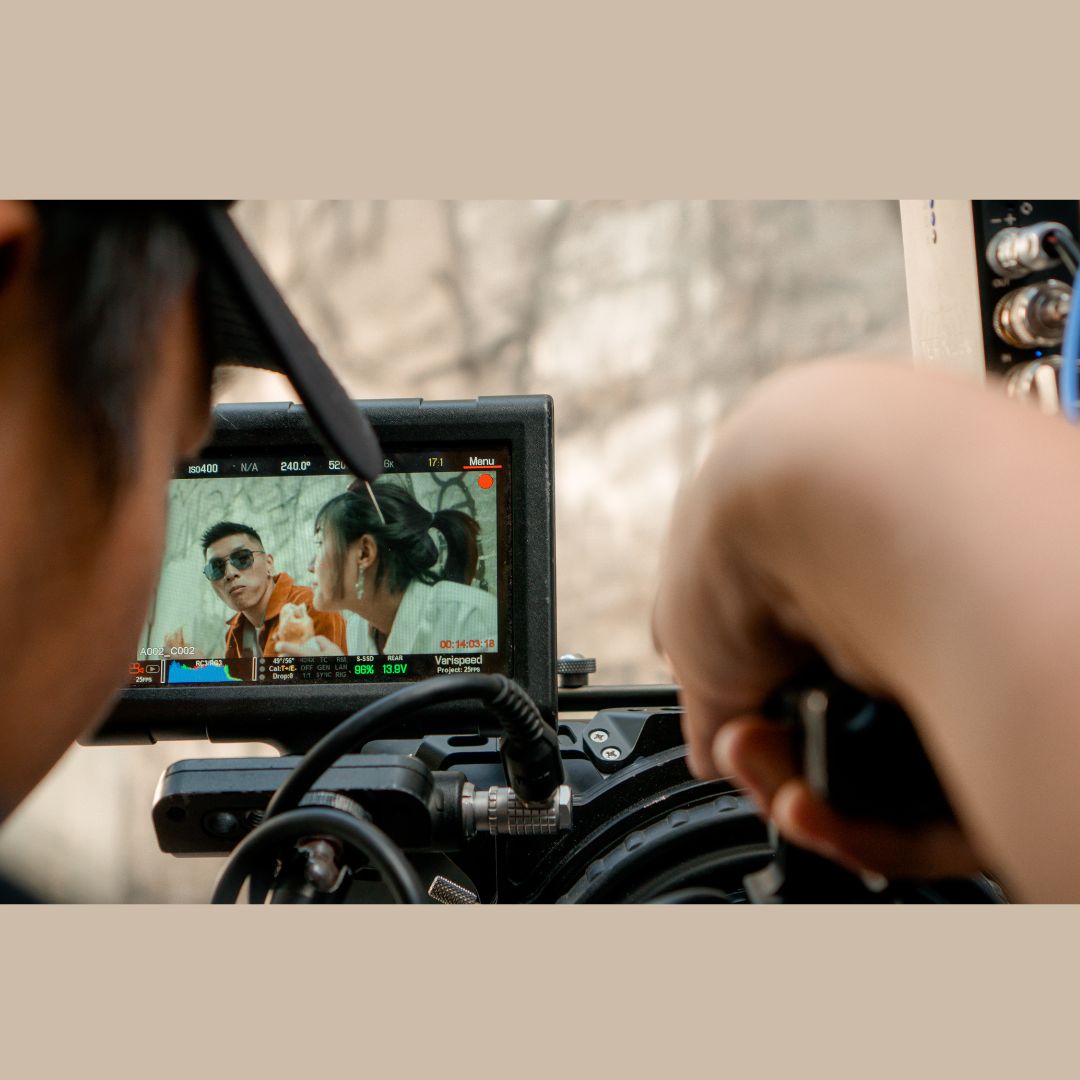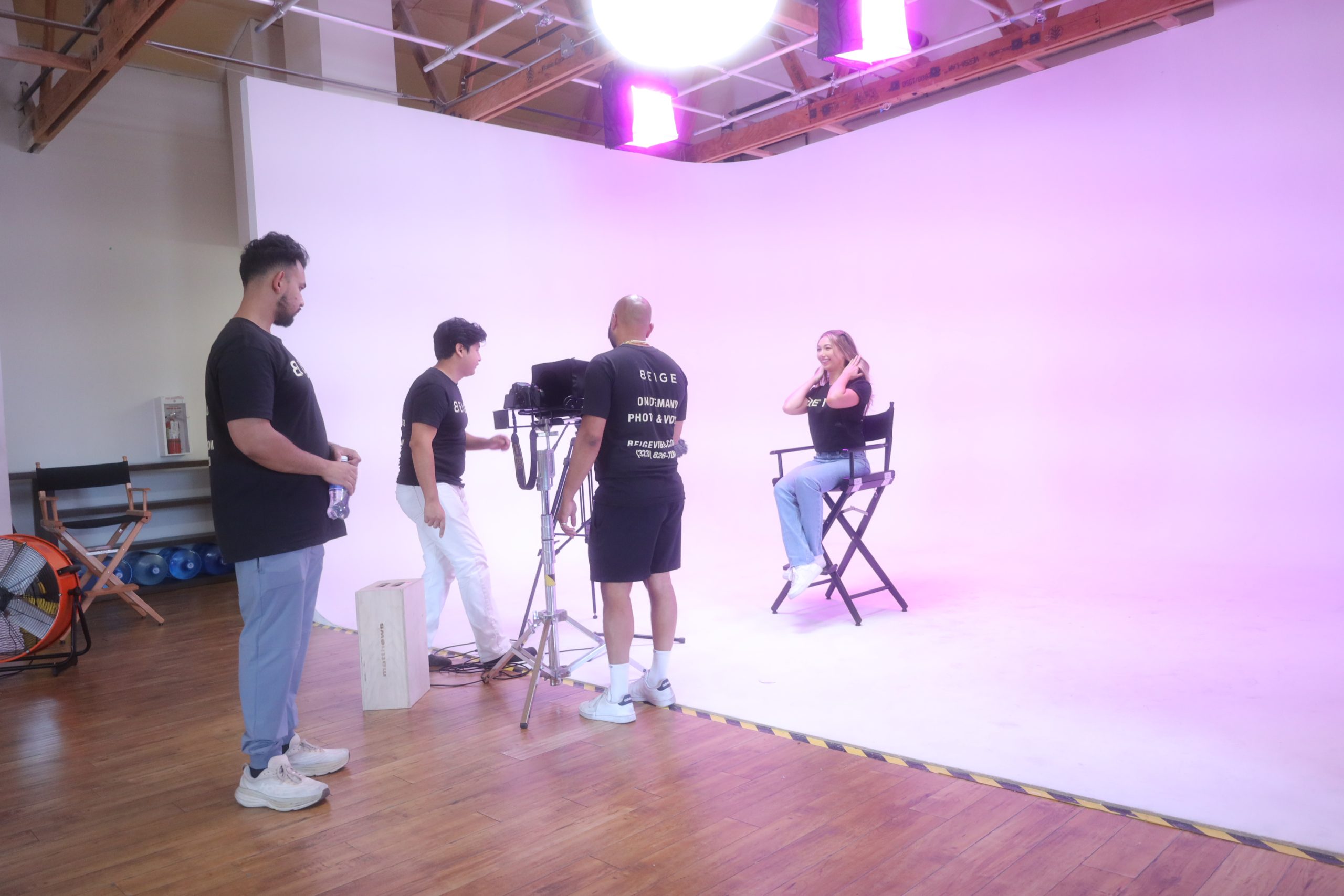No products in the cart.

Engagement Photo Session Tips: A Comprehensive Guide
Introduction: Everyone dreams of receiving a romantic proposal from their significant other. It resembles a childhood fantasy coming to pass. It really is a
The art of newborn photography is a delicate blend of patience, technique, and a deep understanding of the subject. These first moments of life are ephemeral, making it essential to capture them with care and sensitivity. This comprehensive guide will walk you through the nuances of photographing a newborn, give you tips on how to photograph a newborn, and ensure you create memories that last a lifetime.
Safety is paramount when photographing newborns. Always ensure:
The ideal time for newborn photography is between 5 to 14 days old. During this window, they sleep deeply and can be posed easily. Choose a calm, familiar environment, like the baby’s nursery, ensuring minimal disruptions and maximum comfort.
Natural light is your best ally. Position the baby near a large window, avoiding direct sunlight, to prevent harsh shadows. Our guide to the finest infant photography advice starts here, where the fun really begins. Put high-tech devices and costly stuff out of your mind. All that’s required is a window and some natural light; everything else is easy. By putting your child on a blanket, chair, or bassinet by the window with sunshine streaming in and snapping away to create a natural shot, you can get a straightforward yet lovely picture. Be careful to avoid direct sunlight and aim for a 45-degree angle for the greatest results when the sun is shining on your baby’s face.
If using artificial lights, opt for soft, diffused lighting. Remember:
Next up on how to photograph a newborn comes the use of props. Adding a few props to the mix as you click away can transform your images from excellent to great in seconds. To begin, all you need are a few commonplace items such as little toys, rattles, cozy knitwear, a cap or beanie, plush animals, or a blanket for added texture to make gorgeous images you’ll love forever. Just be careful not to overdo it with the props since you don’t want the photos to be cluttered or distracting from your baby. The key is to make things natural, and your images should be taken in an area where your baby is comfortable, happy, and content.
Props can add depth and context, but simplicity is the key. Consider:
Posing a newborn requires patience and gentleness. Some classic poses include:
The beauty often lies in the details. Focus on:
Incorporate parents and siblings. These shots emphasize bonds and connections. Capture moments of interaction, like a sibling’s curious touch or a parent’s gentle cradle.
Post-processing is essential but should be minimal. Soften the skin slightly, correct color imbalances, and consider converting some photos to black and white for a timeless feel.
Photographing a newborn is a rewarding endeavor, capturing moments that are both fleeting and monumental. With the right approach, technical know-how, and a lot of patience, you can create images that families will treasure for decades. Remember, every baby is unique, and every shot tells a story. Embrace the unpredictability, and let the baby guide the session. The results will be worth it.
In total, this guide provides a comprehensive overview, ensuring you’re well-equipped to embark on the journey of learning how to photograph a newborn.
Lorem ipsum dolor sit amet, consectetur adipiscing elit. Suspendisse varius
enim in eros elementum tristique.






